Partners in the Spotlight
Selected integrations
AXIS ACAP - Parquery in-camera
Fotokite - Parking & Traffic Surveys
Parquery works with ANY camera
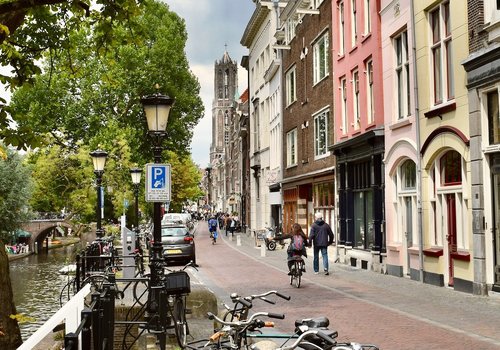
Noted not only for its cycling culture, the Netherlands are often referred to as a pioneer in multimodal transport, traffic innovations, and engineering.
Most Dutch traffic lights are actuated, i.e. demand-controlled, to accommodate fluctuations in traffic flow. Sensors detect road users as they approach an intersection or at the traffic lights. When the detector registers a road user, it automatically alerts a control mechanism that influences the times of the signals - red and green - e.g., by extending green phases or switching them faster.
Actuated signals that adapt to changing traffic patterns thus reduce travel delays and are, therefore, more efficient for everyone, including motorists, cyclists, and public transport. They increase the capacity of an intersection.

From this...

to that!
Inductive loops are the conventional means for detecting road users and actuating traffic signals. They are wires buried in the road surface that register a vehicle’s presence through the change in the magnetic field.
Their drawback, however, is that they are inconvenient, complicated, time-consuming, and costly to install and repair. Installing and repairing requires road construction work and disruption of traffic.
They have also proven unreliable, notably for smaller vehicles and motorbikes, and often fail for user groups like pedestrians and cyclists.
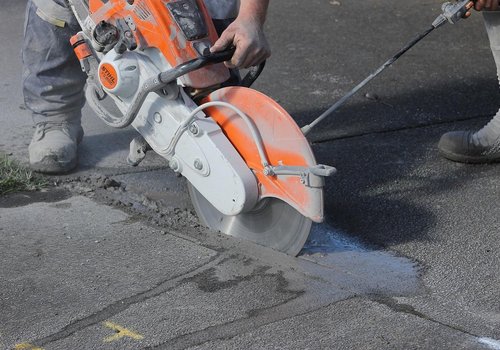
Trenches have to be cut into the asphalt for the inductive loops. Repairs and replacements are costly, inconvenient, and demanding.
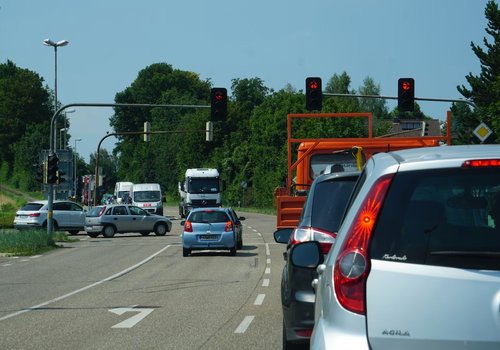
Failure to detect vehicles can result in long waits at traffic lights. At busy crossings, incoming traffic from behind can solve this problem. After a while, however, motorists tend to run a red light, especially if there is no apparent reason for it, leading to potentially dangerous situations.
That’s why the Dutch traffic industry has been looking for reliable and accurate alternatives for decades.
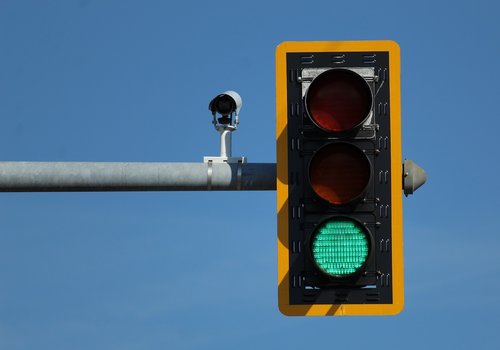
Building on a successful project on camera-based incident detection on behalf of the province of Utrecht, The Netherlands, the trio of Vialis, Hyrde, and Parquery took on the challenge of replacing induction loops with cameras. The cameras installed for the incident detection project at a busy intersection then additionally served to detect road users - vehicles, motorbikes, and bicycles.
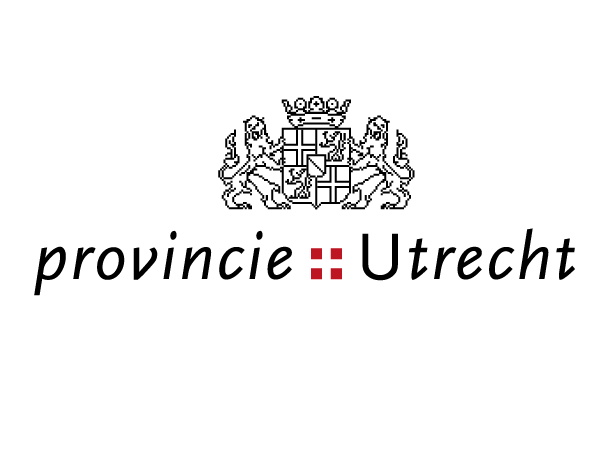
The goal of the project was to determine whether road users detection in video streams can replace inductive loops, i.e. is at least as reliable. Accuracy means that as few approaching or waiting vehicles as possible are missed and forced to wait.
Incident detection and traffic analytics with Parquery
Ideally, a camera is mounted above the center lane to ensure the clearest possible view and to observe all lanes. If the camera is mounted to one side, larger vehicles in the foreground may hide smaller vehicles in the adjoining lane.
The video is then analyzed on a small, powerful computer mounted near the camera on site (edge computing), thus avoiding transferring the video over a network to a remote server. Parquery’s video analysis then detects approaching and waiting vehicles in the live video stream. The system is based on Artificial Intelligence (AI), a learning algorithm which allows it to adapt to new scenes and road users.
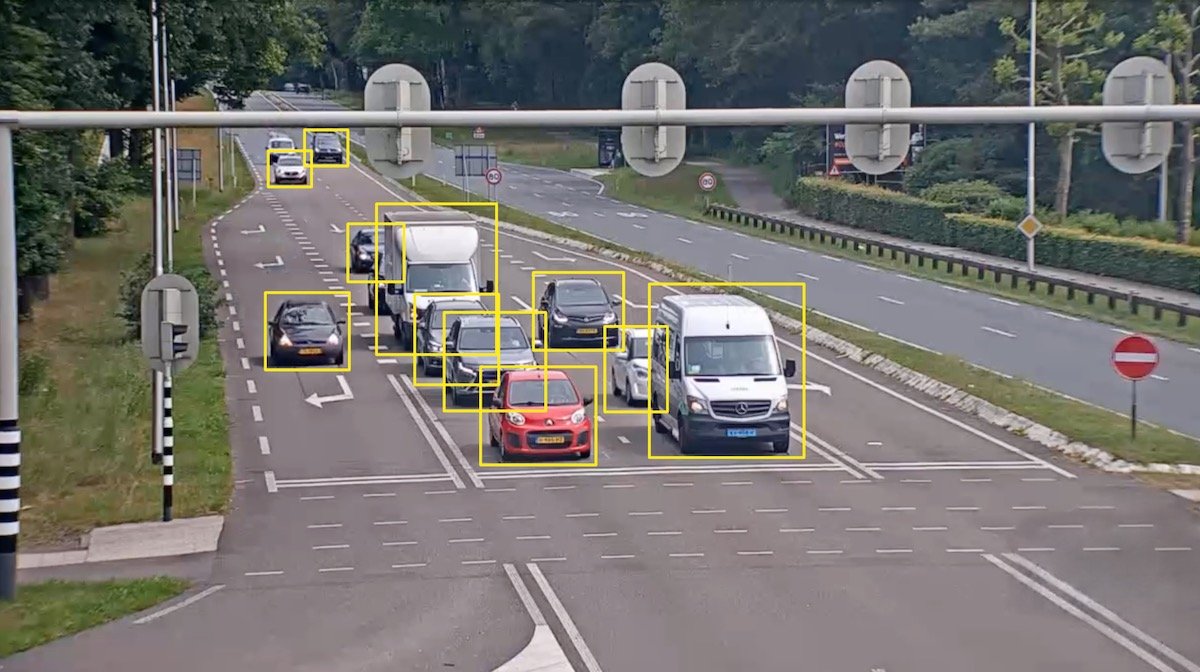
Unlike sensors embedded in the road, cameras can cover wide areas and see farther. This has two positive implications:
In contrast, several loops must be installed in succession at increasing distances from the traffic light for each lane to achieve the same with induction loops.

Installing, repairing, or replacing a camera can be combined with traffic light maintenance and does not cause traffic disruptions
A major Swiss corporation needed an AI-controlled traffic signal for delivery staging. The ramps are monitored with our AI-solution, and when a ramp becomes free, the next truck parked in the waiting area is guided onwards by a light signal.
